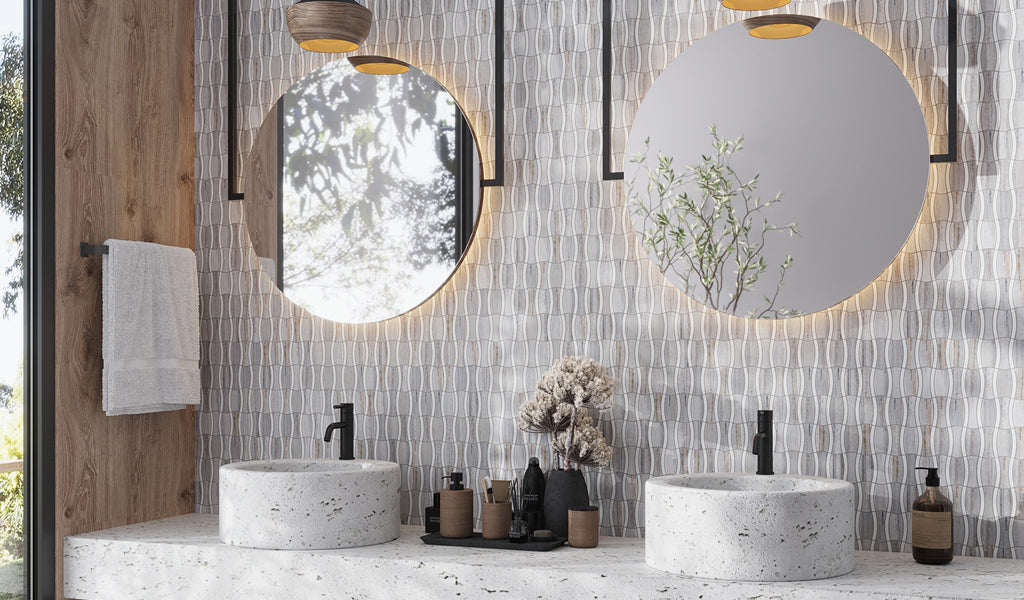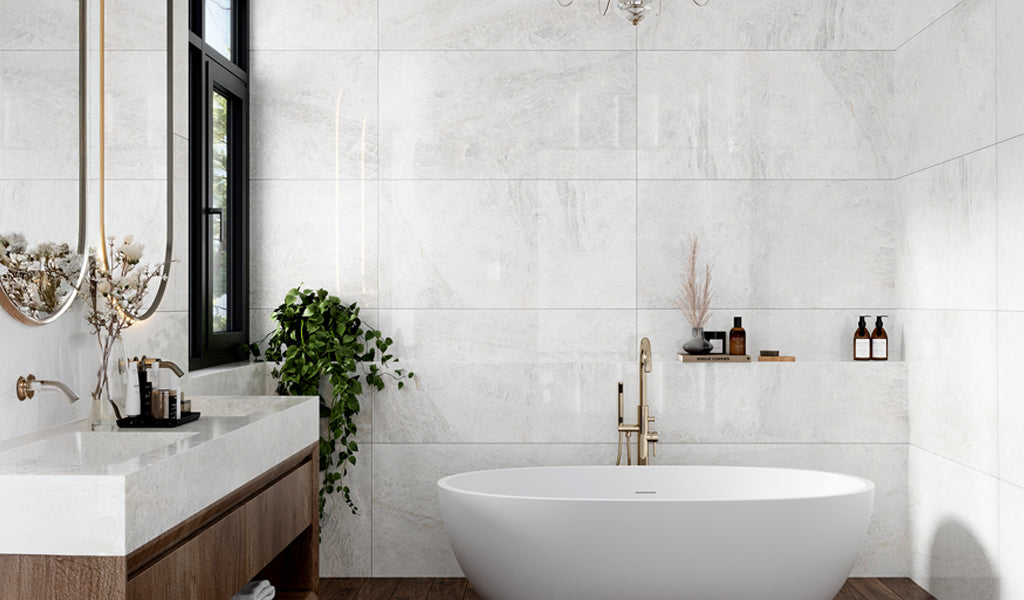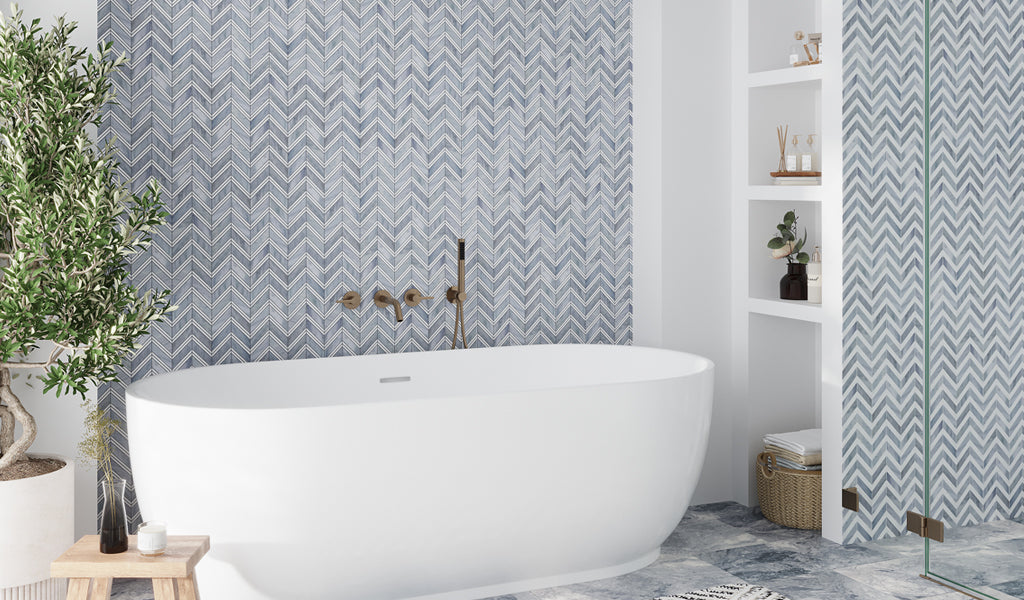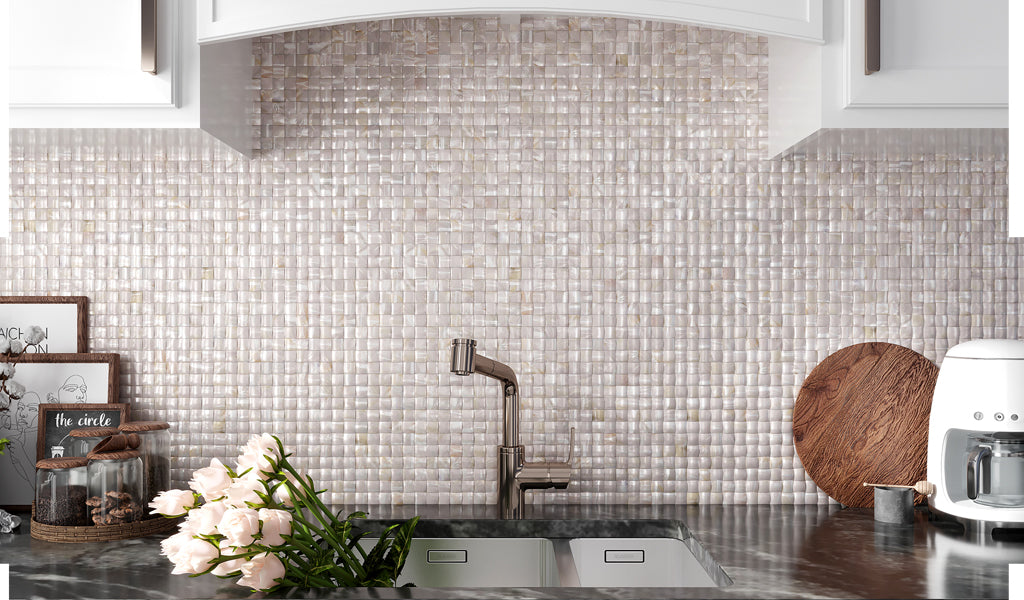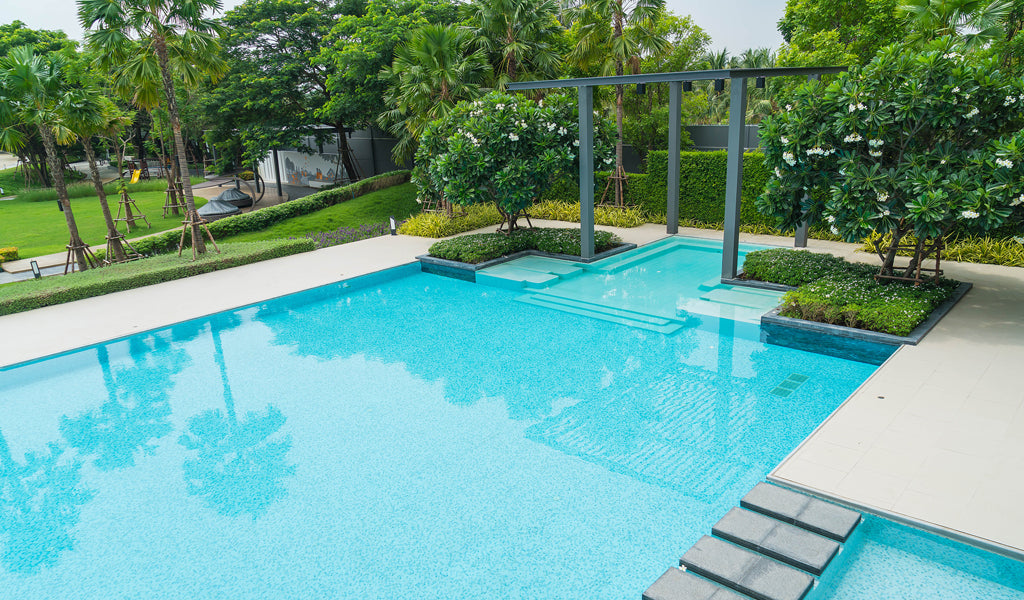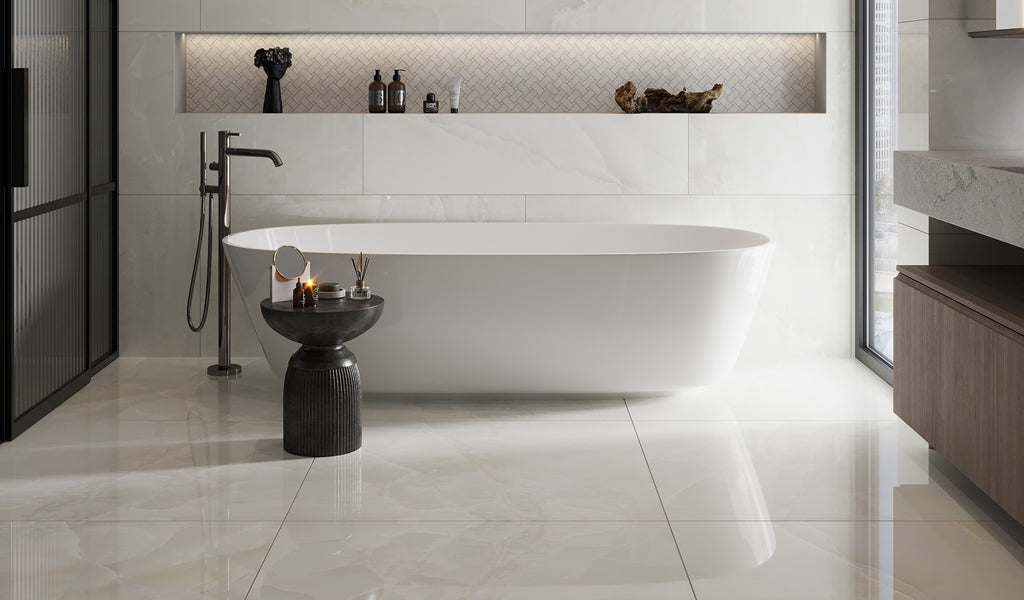The Ultimate Guide to Installing Glass Tile on Your Shower Floor
Mar 29, 2024Glass tile is taking over shower floors, and it’s easy to see why. It’s not just about how good it looks—shiny and pretty—but it’s also smart since it’s slip-resistant and makes your bathroom feel like a fancy spa.
But installing glass tile isn’t as simple as sticking a paper on a fridge. It requires you to think ahead, work carefully, and choose the right materials for the job. Does that sound too much? Don’t worry! This guide is here to help you from start to finish.
We’ll cover what tools you’ll need, how to put the tiles in place, make everything nice and tight with grout, and finally, how to keep it looking amazing
Tools and Materials You’ll Need
The basic tools you’ll need include the following:
- A notched trowel to spread the adhesive
- Tile spaces to keep the tiles even
- A rubber float to smooth the grout
- A tile cutter to adjust the size of the tiles if needed,
- And safety gear like glasses, gloves, and a respirator for cutting
For the glass tile, pick the size, color, and style that complements your bathroom design. We recommend mesh-mounted sheets, as they are easier for beginners to work with.
You’ll also need a thin-set mortar. This is the glue that holds the tiles in place. Choose a modified, non-sanded type made specifically for glass tile.
You might also need grout, sealant for extra protection, and a shower pan liner if your shower doesn’t already have one.
Substrate Preparation
Your shower floor substrate needs to be clean, level, and stable to ensure proper installation. Common shower floor substrates include cement board and concrete. Use a straightedge tool and level to see if the surface has any bumps or dips. Be sure to fix any cracks, holes, or spots before you move on to the next step.
Shower Pan Liner Installation (if needed)
If your shower area doesn’t already have a shower pan installed, the next step you’ll need to do after substrate prep is to install a shower pan liner.
So why do you need to have this installed? A shower pan liner acts as a waterproof barrier beneath the tile, preventing water from leaking through the subfloor. Choose a suitable liner material like PVC or Kerdi, following the manufacturer’s specific installation guide for optimal results.
Laying the Foundation: Thin-Set Mortar Application
If you’re unfamiliar with thin-set mortar, it’s the adhesive that bonds the tile to the substrate. You can also ask your tile dealer if you’re not sure what thin-set mortar is.
When preparing the mortar, it’s important that you carefully mix it based on the manufacturer’s recommendations, ensuring a smooth, consistent consistency. Spread the mortar onto the prepared surface using a notched trowel, creating ridges to ensure proper tile adhesion.
Bringing it Together: Glass Tile Installation
Before you start laying out your tiles, one step you shouldn’t skip is layout planning. This step is crucial for achieving a visually appealing design.
Consider different patterns like straight set, brick, or mosaic to suit your style. Carefully set individual tiles or mesh-mounted sheets into the thin-set mortar, maintaining consistent spacing using tile spacers for a professional look. Gently tap the tiles with a tapping block to ensure proper adhesion.
Filling the Gaps with Grout
Grout is placed between the tiles to make them look neat and to prevent water from getting through.
Pick a grout color that complements your tiles. If the spaces between your tiles are big, use sanded grout. If the spaces are small, go for unsanded. Spread the grout over the tiles with a tool called grout float. Make sure it fills up all the spaces. Once the grout sets slightly, wipe the tiles with a wet sponge.
Adding an Extra Layer of Protection: Sealing (optional)
Sealing the grout adds an extra layer of protection. It also protects against stains and makes it easier to clean the tiles. Pick a sealer that’s made for both glass tile and grout. Use the sealer according to the instructions, and let it dry completely before you use the shower.
Curing and Maintaining Your Glass Tile Shower
Wait for the thin-set mortar and grout to dry completely before you start using the shower. This usually takes about 24-48 hours, but check the product’s instructions to be sure.
To keep your glass tile shower looking great, clean it properly. Use a gentle cleaner, wipe the surface regularly, and avoid harsh chemicals that can dull the tile’s shine.
A Touch of Luxury Awaits
Shower floor tile installation can be a rewarding challenge, transforming your bathroom into a luxe haven. If you do each step carefully and pick the right materials, you can achieve a stunning and functional shower that will add value and beauty to your home. But if you’re unsure about your DIY skills, you can always seek professional help from experienced tile installers.

